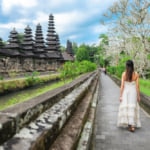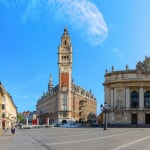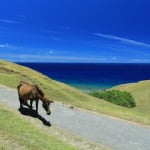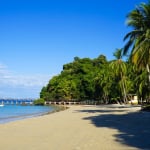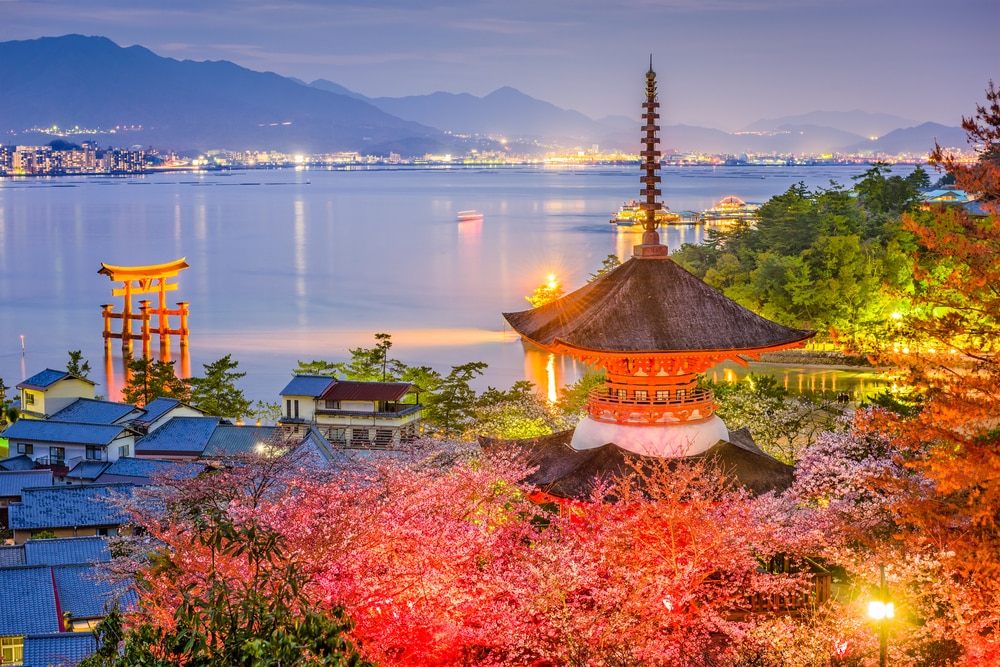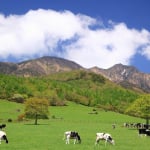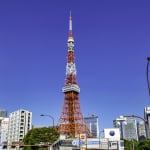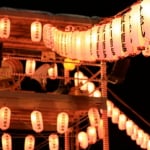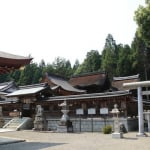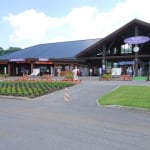Photo by Sean Pavone/Shutterstock
10 Amazing Sightseeing Spots and Fun Things to Do in Hiroshima Prefecture
This coastal prefecture in Japan's Chugoku region is the stronghold of kagura, an ancient performing art, and the home of Japan's iconic floating shrine at Miyajima. Among locals, it's also known for its widely respected national baseball team, the Hiroshima Carps, along with the quaint coastal villages and radon-rich hot springs. From the must-see peace monuments of the capital to the distant seaside cycling routes, these are the top ten things to do and see in Hiroshima Prefecture.
table of contents
[x] close
10 Amazing Sightseeing Spots and Fun Things to Do in Hiroshima Prefecture
Itsukushima Shrine and Miyajima

Photo by Sean Pavone/Shutterstock
The scenic Itsukushima Shrine complex is a UNESCO World Heritage Site on Hiroshima Prefecture's Itsukushima, an island popularly known as Miyajima. The shrine's iconic torii gates half-submerged in the sea are its most recognizable feature, and people flock to the shrine at both low and high tide to see the contrasting views. Miyajima's growing population of friendly deer and shy raccoon dogs (tanuki) are another reason people are keen to visit the island.
Hiroshima Peace Monuments
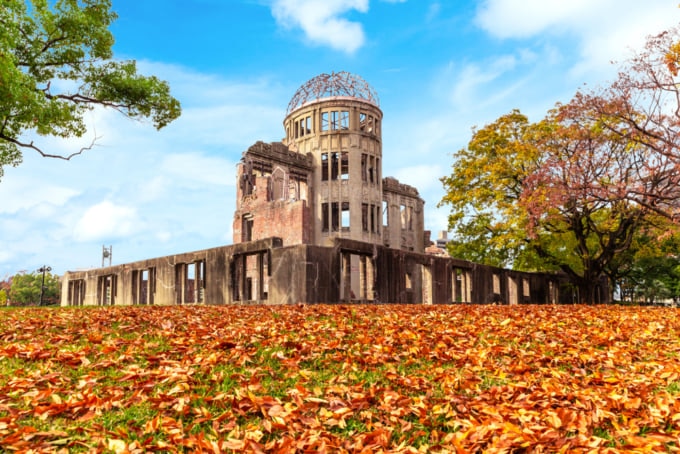
Photo by Taw4/Shutterstock
In August of 1945, Hiroshima City was hit by the first atomic bomb attack known to mankind. Today, the city is an advocate for global peace efforts whilst maintaining its historic relics as a reminder of the devastating destruction of human cruelty. The Atomic Bomb Dome, Peace Bell, Cenotaph for Atomic Bomb Victims and the Hiroshima Peace Memorial Museum are just some of the city's must-see monuments devoted to international peace and denuclearization.
Sandankyo Gorge
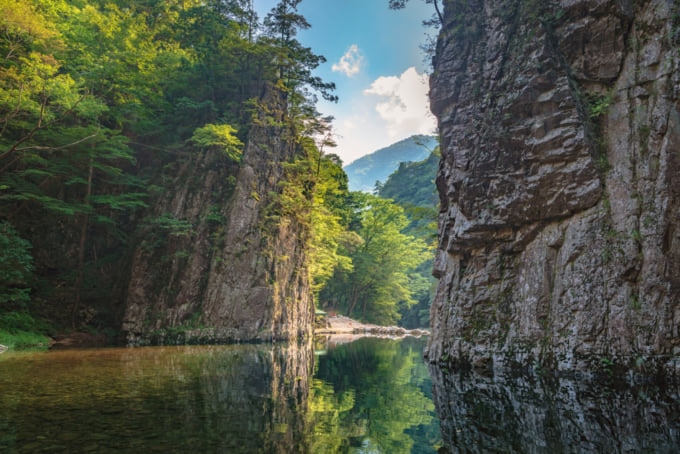
Photo by mTaira/Shutterstock
Just northwest of Hiroshima City lies the Sandankyo Gorge, a scenic area in the mountains full of natural greenery, waterfalls and steep crevasses. Sandankyo is particularly perfect for autumn excursions, when the gorge switches to its seasonal palette of gold, red and purple.
Setouchi Shimanami Kaido (Sea Road)
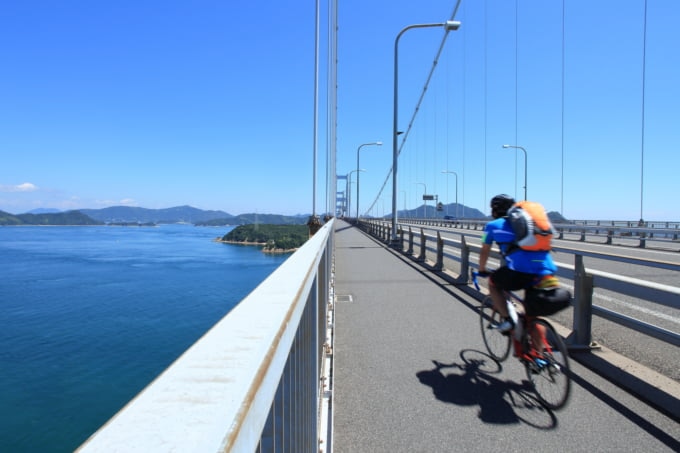
Photo by Sunny/Pixta
The Setouchi Shimanami Kaido is a scenic cycling route along the Seto Inland Sea, starting at Onomichi City in Hiroshima Prefecture, crossing several islands of the Shikoku region and ending in Imabari City, Ehime Prefecture. This 70-kilometer stretch hugs the shoreline and keeps cyclists away from motor traffic, ideal for large groups or families. With bicycle rental stations set up along the route and regular buses heading back to Onomichi City, travelers can customize the length of their ride according to their own time and physical activity constraints.
Kagura

Photo by north-tail/Shutterstock
Kagura is a traditional performing art featuring elaborate costumes and masks, expressive, fluid dance movements and spoken dialogue as well as songs. With around 150 groups active in Hiroshima City, it is one of the few places left in Japan where the art form thrives. Performances (with helpful English subtitles for overseas visitors) are held regularly at the Hiroshima Prefectural Art Museum and the Hiroshima YMCA.
Hiroshima Castle

Photo by Sean Pavone/Shutterstock
The impressive main keep of Hiroshima Castle is a faithful reconstruction of the original built in the 1500's, which was tragically destroyed along with most of the city by the atomic bombing in 1945. The castle was unique in that it was built on flat land, requiring additional defenses for protection - in this case, three concentric moats, though now only the innermost moat remains.
Mitarai Historic Village
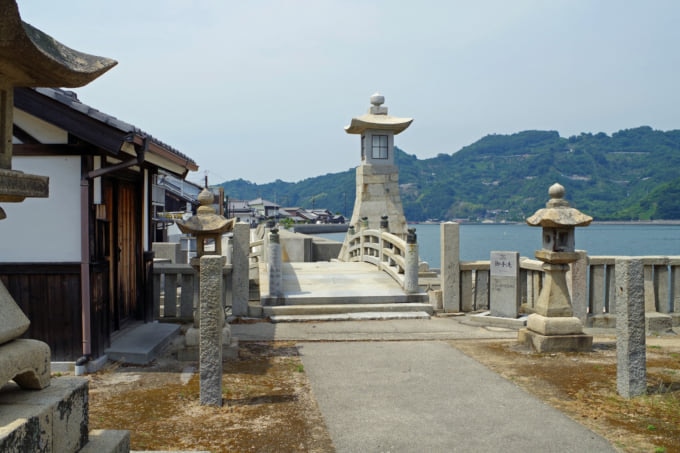
Photo by トシチャン/Pixta
A small harbor town on an island on the Seto Inland Sea, Mitarai became very wealthy thanks to a steady stream of sailors and merchants passing through on their way to Osaka. Today, the town remains much the same as it was hundreds of years ago, offering a window into the life of a thriving port town during the Edo Period, from the luxury watch shops to the geisha quarter.
Yu-no-yama Hot Spring
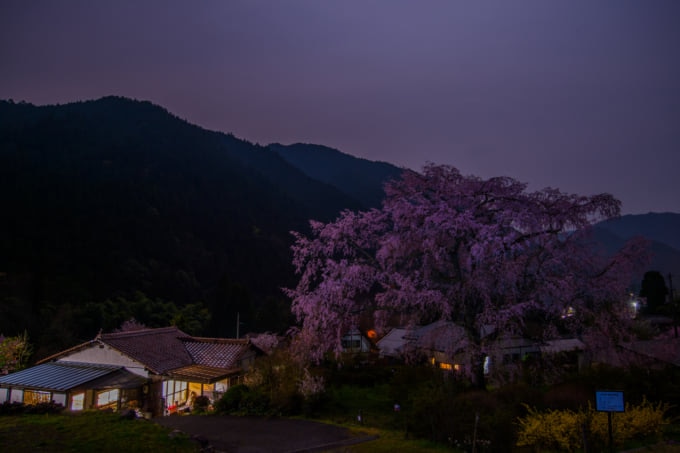
Photo by Kiko/Pixta
Yu-no-yama was the preferred onsen (hot spring) of the Asano family, the feudal lords or daimyo which ruled Hiroshima for most of the Edo Period. Like many of Hiroshima's hot springs, the radon-rich water is only used cold, so several onsen inns along the Minochi river offer cold-water bathing options using water from the spring, including simple cold baths or massaging jets.
Momijidani Park and Mount Misen

Photo by vichie81/Shutterstock
The sacred Mount Misen is located on Miyajima, within the precincts of Itsukushima Shrine. Visitors can take it all in from the Miyajima Ropeway, a soaring aerial lift that offers sweeping views of the mountain and surrounding sea. At the foot of the mountain lies Momijidani Park, one of Japan's primary maple-viewing spots in autumn. It's no surprise, to learn that Hiroshima Prefecture's official tree is the momiji (Japanese maple).
Tomonoura, Fukuyama
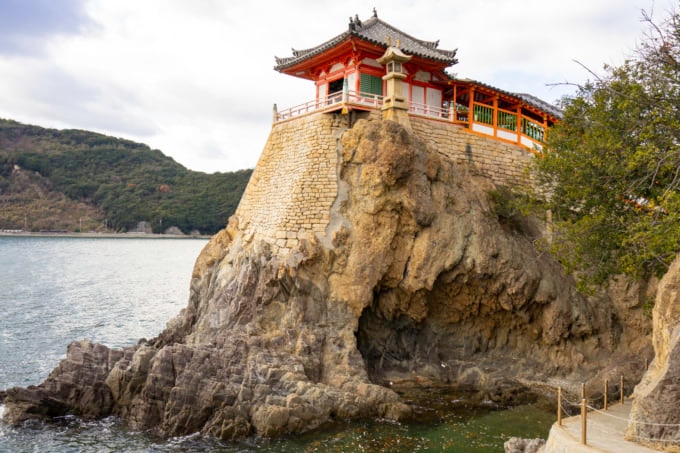
Photo by papa88/Pixta
Once a lively fishing village on the Seto Inland Sea, Tomonoura's charming traditional townscape inspired the town of Ghibli's 'Ponyo', and was one of the on-set filming locations for America's 'Wolverine'. Tomonoura is made for leisurely strolls, from the coastal pier and Joyato Lighthouse to the Edo Era architecture of the town and old homeishu shops, a type of Japanese liquor made from fermented rice and infused with herbs for which Tomonoura is famous.
In Conclusion
From the iconic Miyajima with its impressive floating shrine to off-the-beaten-path escapes to the mountains and coastlines, it's no wonder Hiroshima is one of the most-visited regions of Japan.
